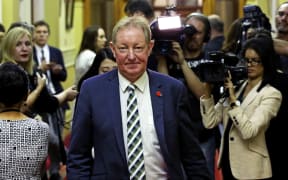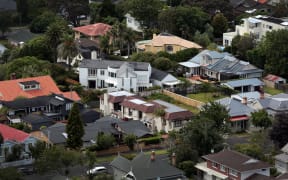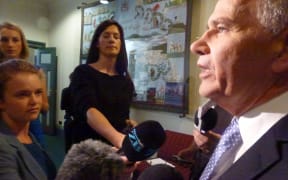OPINION: If the Government is serious about winning a political beauty contest with the Auckland Council, it first needs to get its figures right.
Transport Minister Simon Bridges has used two council figures he said showed the local body had reduced its previously planned spending on transport.
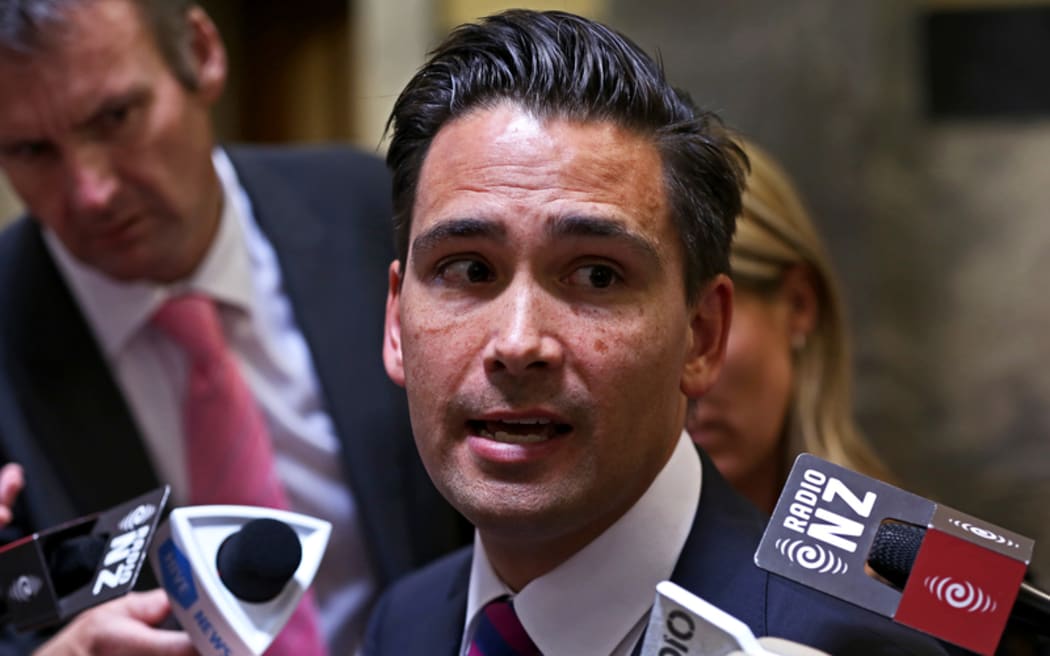
Transport Minister Simon Bridges. Photo: RNZ / Alexander Robertson
Earlier in the week, Building and Housing Minister Nick Smith inflated 33-fold the number of new sections that would be delayed, after the council deferred three Special Housing Areas.
In both debates over the past week, the underlying message from the ministers has been it is the council which is getting in the way of solving the region's two biggest problems - both require the council and Government to work collaboratively.
Mr Bridge's statistical foray came after the Auckland Council voted on Thursday to introduce an additional transport levy on ratepayers for three years, ahead of hoped-for motorway tolls.
The minister repeated his consistent message that he did not favour tolls, and first wanted to agree with the council on the list of most-needed transport projects.
However, he introduced a new line, saying the Auckland Council would in the next three years spend less on transport that it had in the past three years.
The first time he delivered it, to waiting journalists in Parliament's foyer, he did qualify it with a "I'll have to double check that", but by Saturday's appearance on TV3's The Nation, Mr Bridges quoted numbers.
"Over the last three years they spent just under $2.5 billion, and in the next three years will spend $1.9 billion," he said.
"While they (Auckland Council) are getting more from their rates, it's not going on transport," he added. When challenged again: "I'm sure about this".
"We (the government) spend 40 percent of our transport budget in Auckland, and much more than the council is, and that's because we realise how important the city is in New Zealand."
Radio New Zealand asked the minister's office for the raw advice supporting Mr Bridges claim. It initially declined, but provided references to two Auckland Council documents as the source.
Mr Bridges today released a compilation of Auckland Council data, which he said supported his view that the council's capital expenditure on transport in the next three years would be lower than the past three years.
Mr Bridges, at the same time, accepted that the $2.4 billion figure he quoted for the past three years, was a figure proposed by the council in 2012, but which was lowered after the City Rail Link project was pushed further out into the future.
The Minister's compilation showed the Auckland Council spent $2.182 billion in 2012-15, and that $1.946 billion was proposed for the next three years.
Auckland Council is working on it's own more detailed interpretation of the transport budget data, having previously said funding levels of the past and forthcoming three year periods, are similar.
The Auckland Council was initially at a loss to explain the minister's interpretation of its figures.
Let's keep this simple. The minister's base figure came from the council's ten year budget as it was written in 2012. In those more optimistic times, the budget counted on early Government backing for the downtown rail tunnel, or City Rail Link.
So, according to the council, for the years 2015 to 2018 it listed $1.4 billion for major works (including the Government's share). In the latest ten year budget, or Long Term Plan, that has now been pushed further out in the decade, after the Government insisted it would not back major works before 2020.
Instead it has been replaced by a council-funded programme of $400 million on early stages of the project.
The council in a statement said, "The council in its 2015-25 Long Term Plan is budgeting for $2 billion of transport capital investment over the first three years of the plan. Adjusting for the significant change to CRL budgets, this is a very similar level of investment in transport as was planned for in council's last LTP."
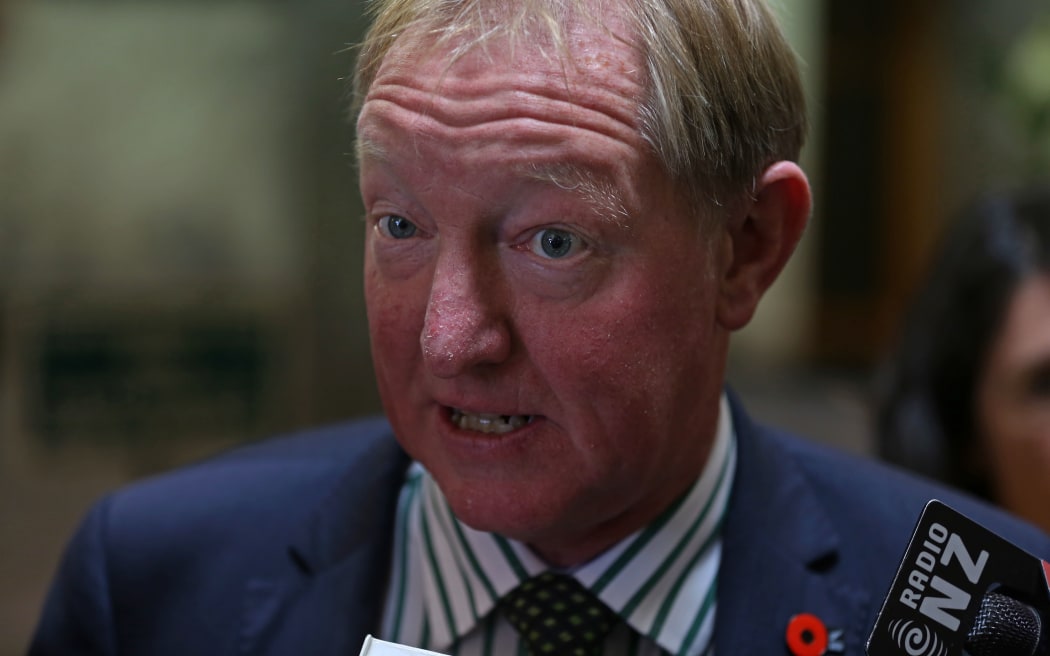
Building and Housing Minister Nick Smith. Photo: RNZ / Alexander Robertson
Transport and housing merged several days earlier, when Radio New Zealand reported that the council had deferred approving three rural Special Housing Areas in the north-west, until the Government was prepared to discuss additional transport spending along State Highway 16 which serves the area.
The council had decided to draw a political line in the sand, to ensure that new rural housing subdivisions created under the Government-driven Housing Accord would be backed by adequate government investment in projects such as the proposed northwestern busway.
When asked on Morning Report how many sections were involved, Dr Smith ventured "two to three thousand". The correct answer, according to the council which made the decision, was 40 to 90.
Dr Smith contacted Radio New Zealand to say that while he had not been provided specific information about the three Special Housing Areas concerned, he had taken the figure of 2000-3000 from a preceding interview with Auckland's deputy mayor Penny Hulse.
In that interview, Ms Hulse did not specifically refer to the capacity of the three SHAs but did refer broadly to community concern about developments in the northwest.
"They are saying, let's sit down and really look at what's needed to sort out the congestion on the northwest motorway and make sure that the people already living there aren't hugely impacted by thousands more houses," she told the programme.
